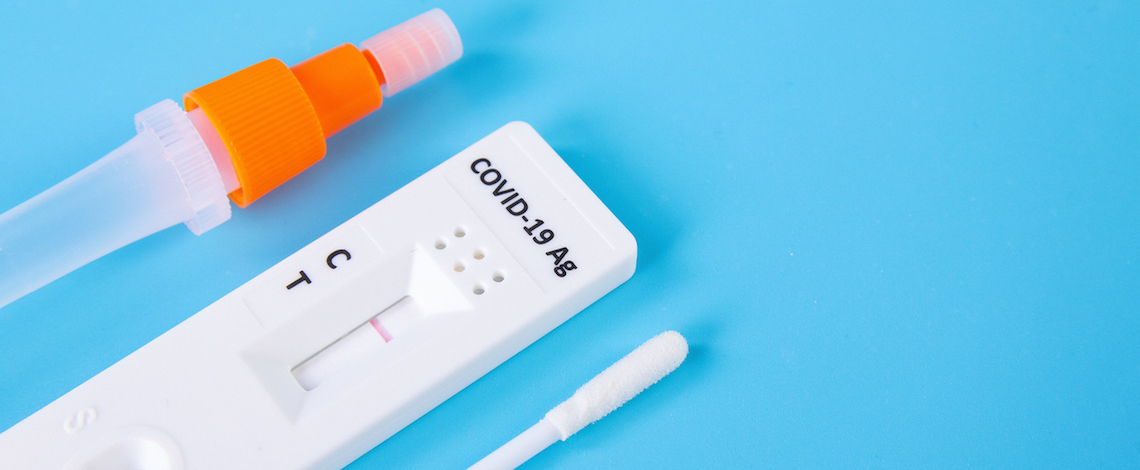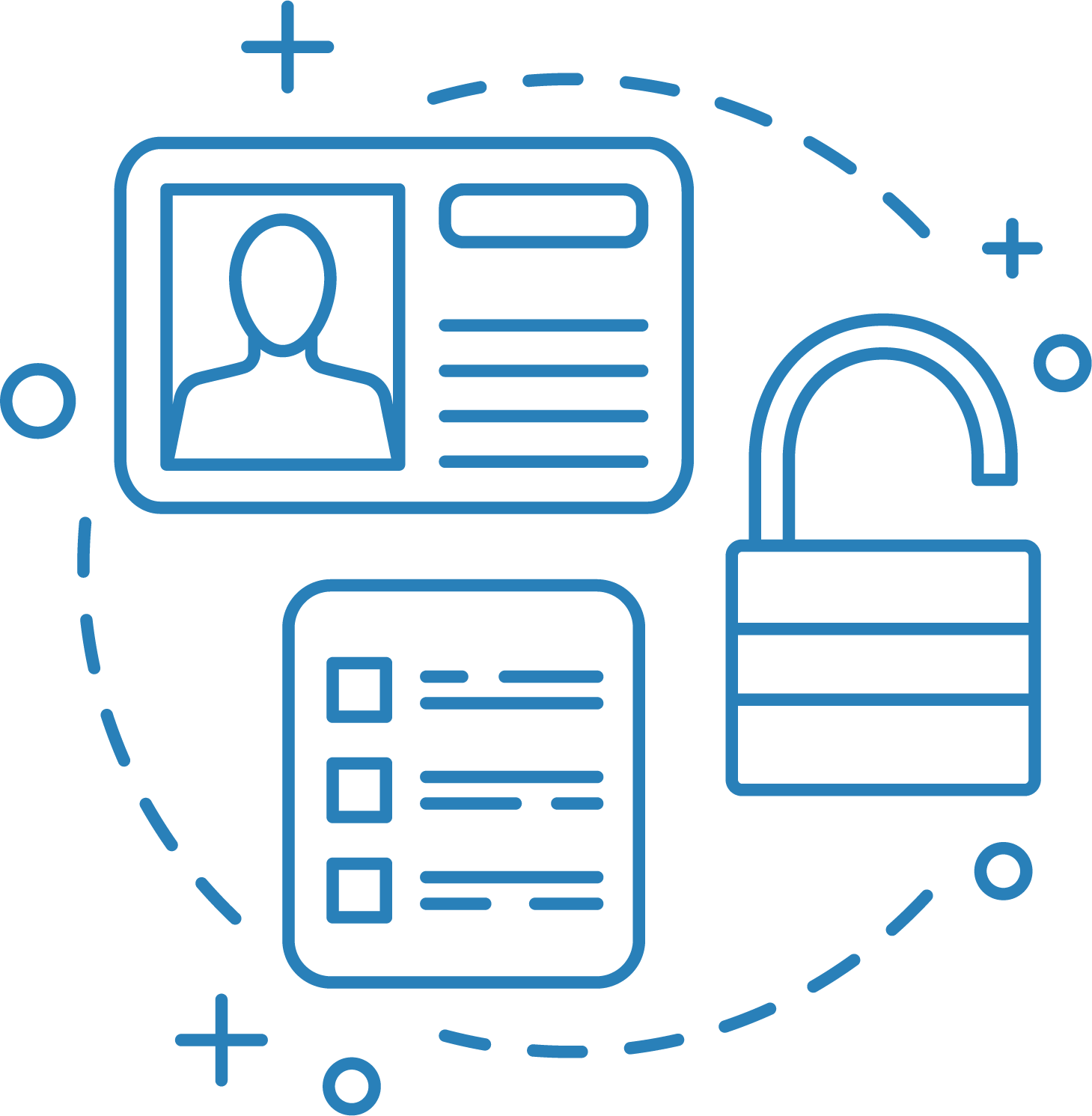
At-home Covid-19 test cropped image by Jernej Furman on flickr.com
Written by Ben Hensley
With Covid-19 tests becoming more readily available, positive results becoming less frequent and the lifting of mask and other mandates throughout the country, the 2-year-old pandemic seems to be finally coming to a visible end.
But should people be aware of the differences between at-home tests and professionally administered PCR (polymerase chain reaction) tests issued at testing centers and clinics? Doctors are optimistic of at-home options, but still have words of caution to give the public.
Accuracy of at-home tests
“The accuracy of the rapid antigen tests is very good,” said Fresno Public Health Physician/Consultant Dr. John Zweifler. “It is not considered ‘gold standard’ — it is slightly less sensitive than the PCR test — but it’s very similar.”
UCSF Dr. Kenny Banh added that at-home tests may miss diagnosing asymptomatic cases due to the amount of testable residue that’s needed is much higher.
“The good and the bad about it is that it’s quick, it’s easy, and it’s cheap,” Banh said. “The bad is that you actually need a fairly significant amount in order to detect a positive test.”
Banh explained that a PCR test multiplies data from a gathered sample, enabling doctors to detect a possible positive test result easier.
Zweifler added that while anecdotal reports of inaccurate at-home test results have been reported, they are not by any means considered normal. If individuals are showing signs and symptoms following a negative test, Zweifler recommends self-isolating before anything else.
“We don’t make it a standard expectation that if you have a negative test that you need to repeat it,” he said. “Even if you have a negative test and you’re symptomatic, our advice is to stay home until your symptoms have resolved.”
Proper administration
A PRC test, which is administered at a medical clinic or mobile testing facility, has around a 90 to 95% accuracy average, according to Zweifler. Averages in at-home tests, Zweifler estimated, hovers just underneath that level, at around 85 to 90% accuracy.
While this is not a large disparity, it is still something for people to be aware of.
“It’s possible that if they’re not done correctly that it could lead to false negatives, but if done correctly, that should not be an issue,” Zweifler said. “It’s analogous to pregnancy tests — the test itself is very accurate and it’s a very similar test that’s administered both in the office as well as at home.”
Banh added that the at-home antigen tests are not as accurate as PCR tests due to the fact that they do not gather as much material to test as the professionally administered tests — specifically the original tests, which were posterior pharyngeal tests , meaning they swabbed the deepest area of the nasal cavity to gather as much testable material as possible.
“Those were very sensitive, but they were a little hard to administer, and you couldn’t self-administer,” Banh said.
With testing becoming more readily available, individuals with concerns are urged to still seek out tests, whether the at-home variety or a professionally administered PCR test.
“The interesting thing is that the individual test sensitivity is actually lower the more you move away from medically administered, farther forward [in the nasal cavity], but your whole testing regime actually increases because you make testing accessible to so many people,” Banh said, explaining that the accessibility of the tests makes up a large amount of the difference in terms of the necessity to receive a professionally administered test.
When to test
Following a positive result from an at-home test, doctors recommend isolating for five days, and then retesting.
“We do recommend that instead of getting a PCR that you just call in to report your positive,” Banh said.
Zweifler added that the at-home tests have information printed on them to report positive results. Reporting a positive at-home test helps track the number of positive cases, with there being a distinct trade-off between PCR test numbers going down and at-home antigen tests.
“The most important thing to do if you’re positive or if you have symptoms is to stay home and avoid contact with others,” Zweifler said.
Banh added that while a PCR test is not necessary following a positive at-home test, they are not suggesting against getting a PCR test.
“We do want a percentage of people getting PCRs anyway, because we do surveillance testing,” Banh said, adding that the importance of this testing is to keep track of which variant is spreading and where.
In either case, both doctors recommended safe practices following a positive at-home test like self-isolating, maintaining physical distancing and wearing a mask for another five days following a negative result.
Maskless moving forward?
Does this mean that we are out of the woods in terms of Covid-19? Doctors say despite the major steps forward, that’s not yet the case.
“Covid is a respiratory virus, so it’s spread when we cough or talk or sneeze and we’re most likely to encounter it when we’re in crowded, indoor settings around others who are unmasked or unvaccinated,” Zweifler said.
He went on to say that at this point in the pandemic, a large amount of the responsibility falls in the hands of individuals.
“Rather than relying on public health to mandate what we can do and when and where, it’s going to be more up to us as individuals to take responsibility and protect ourselves, to protect our loved ones, and our community,” Zweifler added.
Banh commented that a month ago, EMS was forced to turn some people away because of the amount of largely unvaccinated Covid-19 patients putting a strain on the hospitals.
“I am a physician, and I am shocked at how Covid turned into a ‘left and right’ battle,” he said. “Health should be health. It doesn’t matter if you’re a Republican or a Democrat.”
Both doctors added that the best defense against Covid-19 remains vaccinations and safe practices – masking when in heavily populated areas, testing when feeling ill, and self-isolating when faced with a positive test result.
Zweifler added that while symptoms of Covid-19 are similar to the cold or flu, the virus itself is much more dangerous, and the availability of rapid, at-home tests provides an extremely beneficial situation to both individuals and health care providers.
“Having them available over the counter is extremely beneficial when there are just so many cases out there,” Zweifler said. “It’s been a way for patients to get those results in a timely manner without overwhelming our health care system.”








